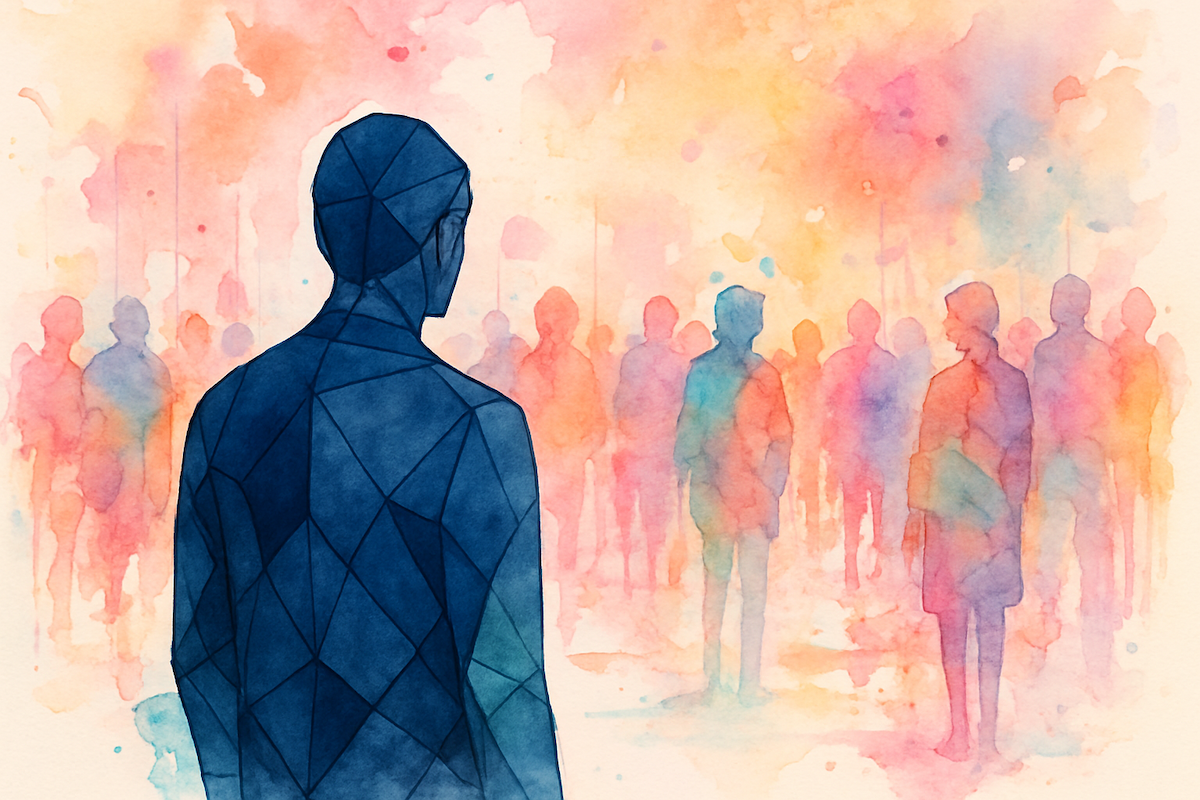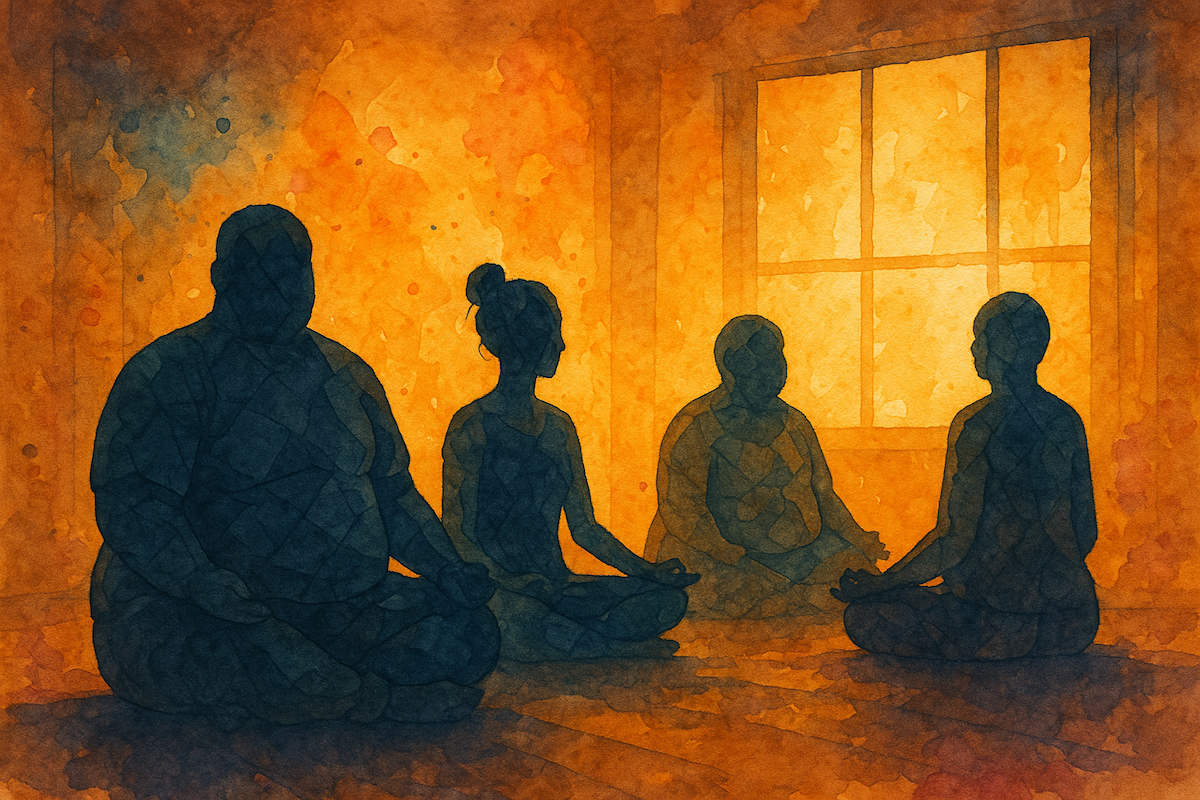What is an Anxiety Disorder?
Anxiety or nervousness are normal feelings, but anxiety disorders may cause physical and emotional distress that interferes with everyday activities. According to the National Alliance on Mental Illness, over 18% of Americans have anxiety caused by genetics, stress, and brain changes.
An extended period of stress can alter the function of the circuitry in the brain that regulates mood. Trauma or significant events may also trigger anxiety in individuals. Doctors cannot diagnose anxiety disorders with lab tests. However, they can use tests to find physical illnesses that may be causing the symptoms.
Signs & Symptoms of Anxiety Disorders
Anxiety disorders have different side effects, such as panic disorders, phobias, general anxiety disorder (GAD), and social anxiety disorder. There are several symptoms associated with anxiety, including:
- Increased startle response
- Pain in the abdomen
- Sleeplessness
- Excessive sweating
- Feeling of suffocation
- Afraid of unlikely events
- An impending sense of doom
- Loss of control fear
- Suicidal thoughts and depression
- Having trouble relaxing or stopping worrying
- Heart racing
- Flushing
- Shyness
- Numbness in the neck and face
- Habits of compulsive behavior
Anxiety disorders also characterize clouded thinking or brain fog, which people sometimes refer to as mental fatigue. Mentally fatigued individuals may experience the following symptoms:
- Hard to think clearly
- Forgetful
- Issues focusing
- Concentration problems
Mind and emotions are not the only factors contributing to anxiety disorders. Besides impacting mental health, stress can lead to physical symptoms like difficulty breathing, headaches, dizziness, and chest discomfort. Anxiety disorders are closely linked to depression. People with anxiety disorders are more likely to have depression and other mental health conditions.
Types of Anxiety Disorders
A person may suffer anxiety symptoms for a short period. If symptoms of anxiety persist for six months or more, it could be an underlying anxiety disorder.
Several other anxiety disorders exist, including separation anxiety disorder. There is, however, a higher prevalence of separation anxiety disorder among children. If you think you might have an anxiety disorder due to constant worry and negative thoughts, contact us today.
Generalized Anxiety Disorder
GAD is a common mental health condition that affects many people. Excessive and persistent worry and fears about various aspects of life characterize it. People with GAD often struggle to control their anxiety, which can interfere with their daily activities and overall well-being.
The worries associated with GAD are often excessive and may seem unreasonable. They can revolve around health, work, school, relationships, and other everyday matters. These worries persist and can cause significant distress and impairment in a person’s life.
Individuals with GAD often experience physical symptoms, such as restlessness, fatigue, muscle tension, and difficulty concentrating. They may also have trouble sleeping and feel irritable or on edge most of the time.
Obsessive-Compulsive Disorder (OCD)
OCD is a mental health condition that affects people around the world. It’s common, and most can live fulfilling lives with proper management.
Obsessive-compulsive disorder has two main parts — obsessions and compulsions. Obsessions are unwanted thoughts, images, or urges that keep returning and cause anxiety. Compulsions are repetitive behaviors or mental acts.
Having a broken record stuck in your mind can be an unpleasant experience. The same thoughts replay repeatedly, creating an overwhelming urge to do something to alleviate the anxiety. It can be exhausting and interfere with daily life.
Panic Disorder
A condition that affects some people, causing them to experience sudden and intense feelings of fear and anxiety. These feelings often come out of nowhere and can be very overwhelming. People with panic disorder may also have physical symptoms like a racing heart, shortness of breath, and sweating.
Phobias
Intense and unreasonable fears that make people feel terrified or anxious. A phobia can be about heights, spiders, or even public speaking. When people with phobias face their fear, they may experience rapid heartbeat, sweating, or even trouble breathing.
Social Anxiety Disorder
Social anxiety disorder causes intense worry or self-consciousness in social situations. Examples include speaking in public, meeting new people, or being in a crowded room. It also causes extreme fear of judgment or embarrassment in social situations.
Therapy — such as cognitive-behavioral therapy (CBT) — can be especially helpful in managing social anxiety. This therapy focuses on changing negative thought patterns and behaviors contributing to anxiety.
With the guidance of a therapist, you can learn new coping skills and gradually face your fears in a supportive environment.
Anxiety Disorder Treatment
Mental health professionals use several specially designed interview and assessment tools to diagnose anxiety disorders. In addition to observing the client’s behavior and attitude, doctors diagnose based on how intense and prolonged their symptoms are. A doctor determines the diagnosis and treatment for anxiety by considering the symptoms, the impact on daily life, and the severity. The doctor evaluates the symptoms, assesses the extent to which anxiety affects daily activities, and determines the severity of the condition.
Our anxiety treatment center treats every individual differently, but medication and therapy are the usual treatments. Clients frequently have multiple conditions in their mental health history, such as depression or addiction. Anxiety disorders are rarely the only diagnosis. It’s important to get help for anxiety disorders from a professional who can diagnose and treat them correctly. We promise to prioritize our client’s needs at STR Behavioral Health, offering the best treatment for anxiety disorders.





